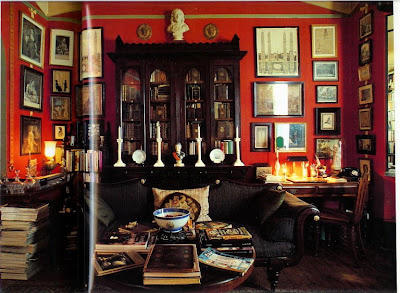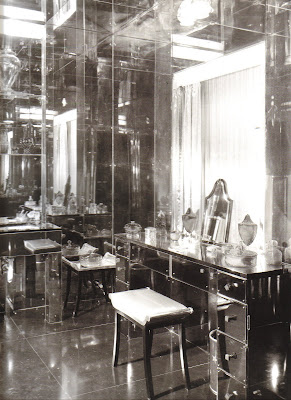
For months now, many magazines have touted the return of the floral print. Now, for some people, florals never went anywhere; they remained alive and well on sofas, bedspreads, and walls in many a cheery home. You floral fiends may now find yourself a little more in vogue than you were last year, and that's great! Stick with what you love. It's like me and my Chinoiserie- some years I'm the belle of the ball, while at other times I'm yesterday's news.
Personally, I'm very picky about floral prints. They can't be too sweet nor they can be too "floral-y". The prints almost need to be toned down by some other addition to the print. I do think, though, that there is a floral print for everyone. If you're like me, maybe some of these florals might be just the thing to get you on the floral bandwagon. But, if you have a strong dislike of these prints, then you too should just stick with what you love.


Despite being a floral-challenged person, I adore these Braquenie prints. See, they're not "pure" floral prints. Image at top: "Bordure Cheverny"; Image at bottom: "Rivière Enchantée & Pércale"
Now this is a unique floral print- "Paradise Lost" by Scalamandre.
Does this count as a floral? I do like "Elsie de Wolfe" by Scalamandre
Not too sweet nor saccharine. "Margot" by Clarence House
Now we're talking; this print is gorgeous! "Menars" by Brunschwig & Fils
Image at top: "Garden in Hell" living room of Diana Vreeland. She was the one person who could make florals look downright decadent.











.jpeg)




.jpeg)





































